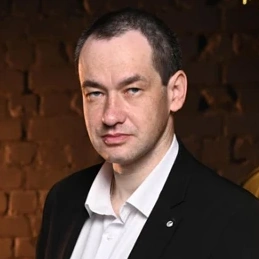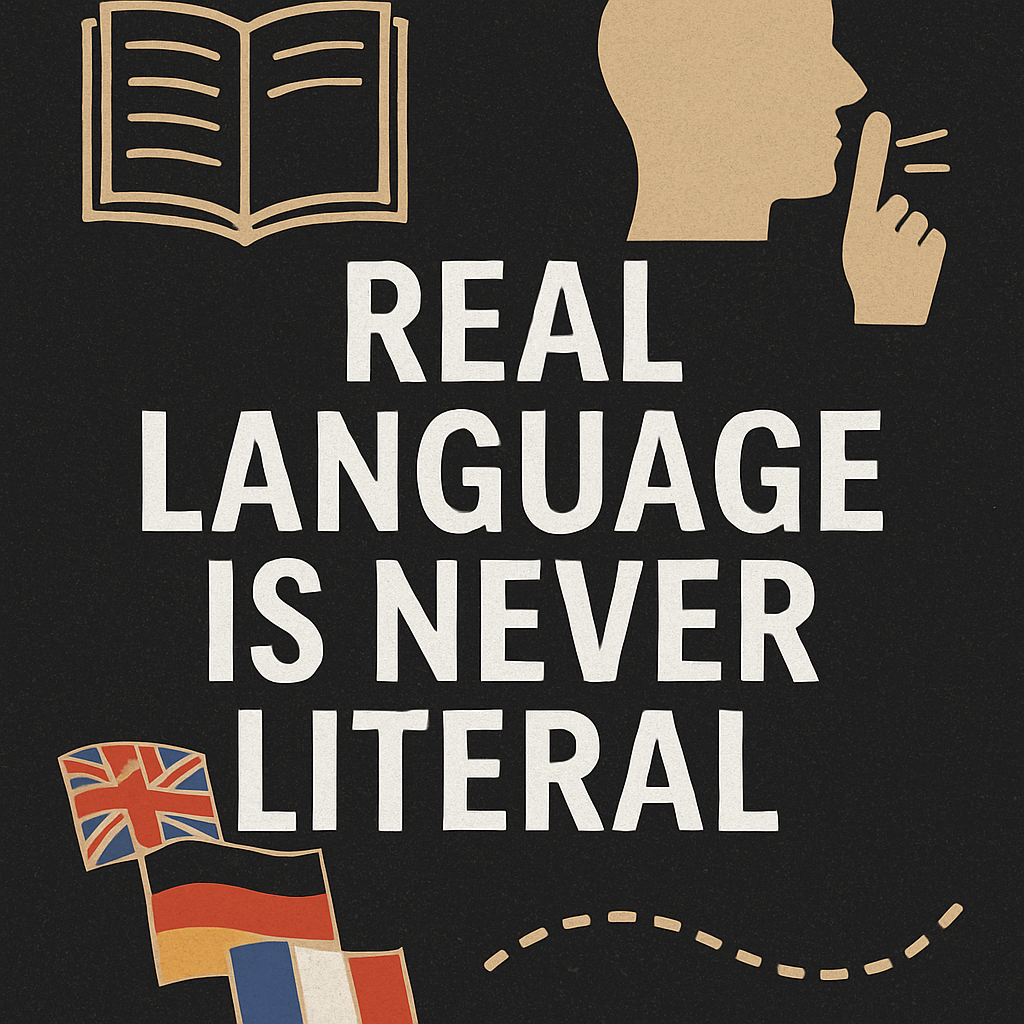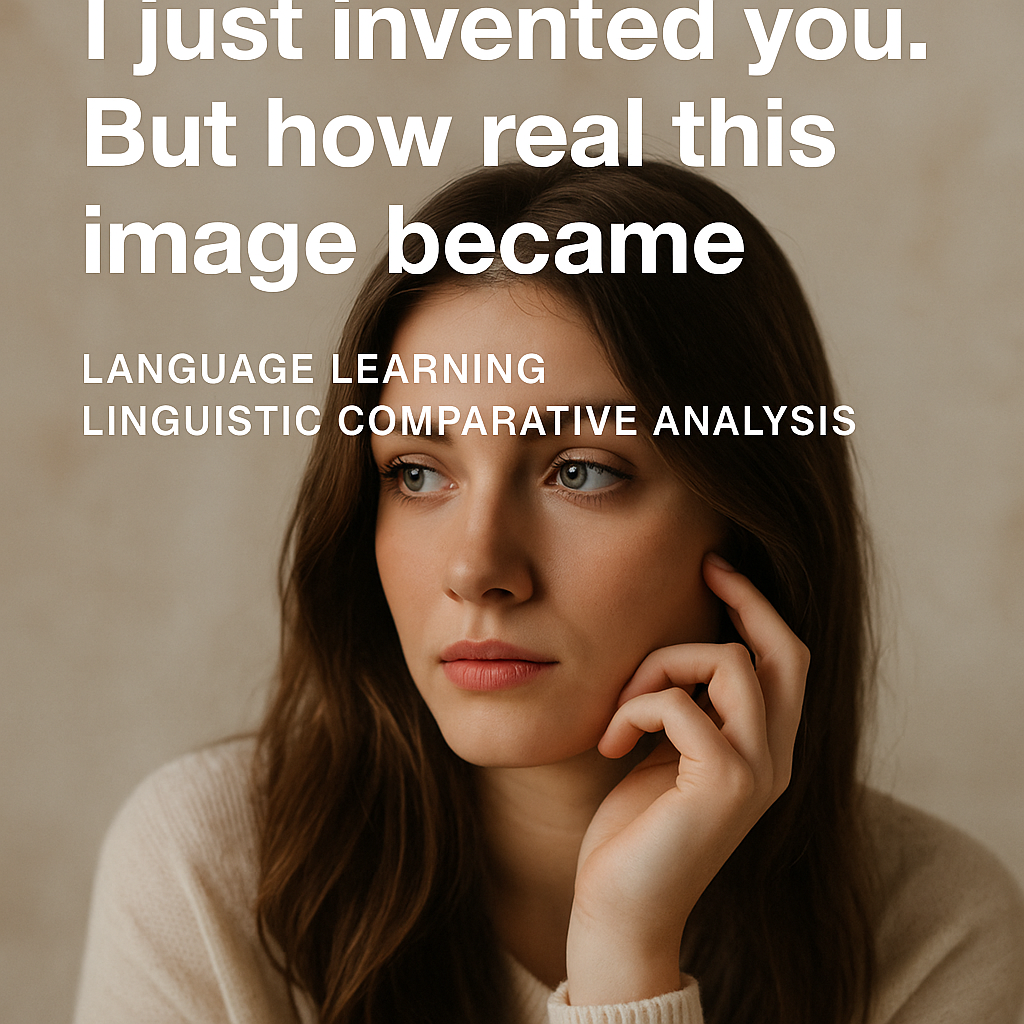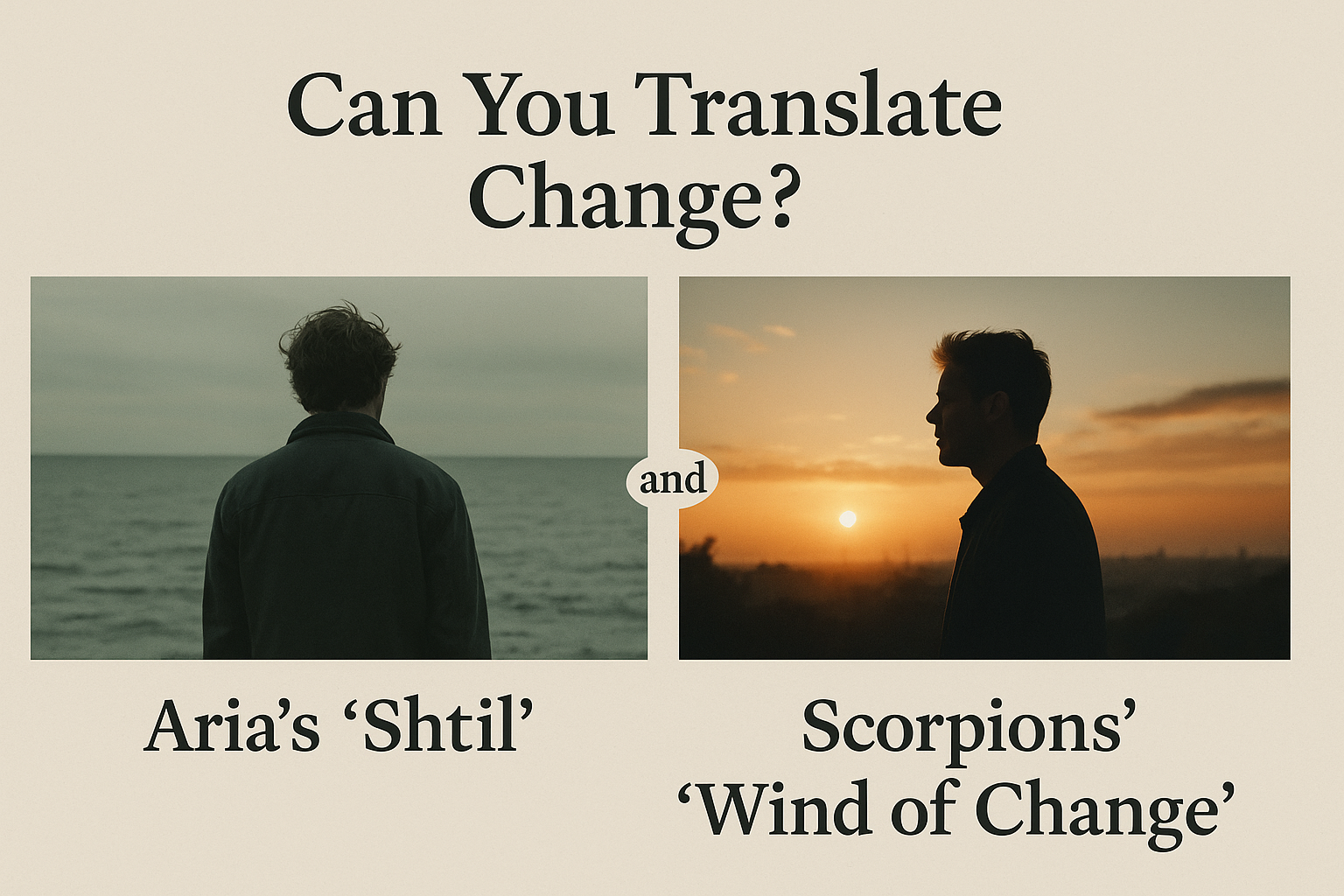© Tymur Levitin, Gründer und Leiter der Start Language School by Tymur Levitin
Einführung
Beim Übersetzen von Belletristik geht es nicht nur darum, die richtigen Worte zu finden, sondern auch den richtigen Rhythmus, den richtigen Ton und die richtige emotionale Entsprechung in einer anderen Sprache. Auf der Grundlage meiner mehr als zwei Jahrzehnte langen Erfahrung als Lehrerin und Übersetzerin aus dem Ukrainischen, Russischen, Englischen und Deutschen habe ich einen praktischen und intuitiven Ansatz entwickelt, um sprachliche und kulturelle Unterschiede zu überwinden. Dieser Artikel, der auf meiner akademischen Forschung und meiner professionellen Übersetzungsarbeit basiert, untersucht die Schlüsselstrategien für eine emotional getreue literarische Übersetzung.
Jenseits der wörtlichen Bedeutung: Das Kerndilemma
Bei der Übersetzung von Belletristik muss der Übersetzer ständig zwischen Treue und Flüssigkeit abwägen. Ein wortgetreuer Ansatz führt oft zu unbeholfenen Formulierungen oder Bedeutungsverlusten, während ein liberalerer Ansatz Gefahr läuft, die ursprüngliche Stimme des Autors zu verzerren. Besonders schwierig wird die Aufgabe, wenn es um emotional aufgeladene oder kulturspezifische Inhalte geht.
"Ein guter Übersetzer kennt mehrere mögliche Wiedergaben. Ein großartiger Übersetzer muss nicht einmal mehr darüber nachdenken."
Das Dreieck des Übersetzers: Autor - Sprache - Leser
Eine erfolgreiche literarische Übersetzung erfordert ein Gleichgewicht zwischen drei zentralen Kräften:
- Intention des Autors - den Ton, die Emotionen und den Subtext des Autors zu bewahren.
- Linguistische Struktur - Gewährleistung der grammatikalischen und stilistischen Kompatibilität.
- Leser-Empfang - die Anpassung an die kulturellen Erwartungen des Zielpublikums.
In der Praxis bedeutet dies, bewusste Entscheidungen zu treffen: Soll der Humor erhalten oder angepasst werden? Sollen Metaphern erhalten bleiben oder ersetzt werden? Das sind nicht einfach nur technische Fragen - es sind interpretatorische Handlungen.
Vergleichende Analyse in Aktion
Dieser Artikel stützt sich auf eine vergleichende Analyse von zwei literarischen Klassikern:
- Ruhe an der Westfront - All Quiet on the Western Front von Erich Maria Remarque
- Der Fänger im Roggen von J.D. Salinger
Beide Romane stellen besondere Herausforderungen dar - vom Militärjargon über die von Traumata geprägte Erzählweise bis hin zum umgangssprachlichen amerikanischen Teenager-Slang. In meiner Übersetzungsstudie untersuchte ich ukrainische Wiedergaben von Auszügen aus beiden Büchern und zeigte, dass emotionale Äquivalenz oft wichtiger war als lexikalische Genauigkeit.
"Der Übersetzer muss nicht nur wissen, was ein Wort bedeutet sondern auch, was sie fühlt sich an wie für einen Muttersprachler."
🔗 Verwandte Lektüre
🧭 In diesem Artikel werden die in unseren früheren Veröffentlichungen vorgestellten Konzepte weiter ausgeführt, Realia in der Übersetzung verstehen: Kulturelle Nuancen in verschiedenen Sprachen. Während sich dieser Artikel auf die kulturellen Besonderheiten konzentrierte, geht es in diesem Artikel um die strategischen Entscheidungen des Übersetzers bei der Anpassung von Erzähltexten und die Wahrung der stilistischen und emotionalen Genauigkeit.
Von der Theorie zur Intuition
Eine der wichtigsten Schlussfolgerungen meiner Arbeit ist, dass die Theorie mit der Zeit zum Instinkt wird. Übersetzer, die am Anfang ihrer Laufbahn stehen, hinterfragen oft jede Struktur, jede Regel und jeden Wörterbucheintrag. Mit zunehmender Erfahrung werden diese Entscheidungen unbewusst getroffen - sie beruhen auf einem verinnerlichten Gefühl dafür, was in beiden Sprachen "richtig klingt".
Das bedeutet nicht, dass die Regeln verworfen werden. Es bedeutet, dass die Regeln absorbiert wurden.
Praktische Anwendung im Bildungswesen
Als Gründerin und leitende Lehrerin der Start Language School by Tymur Levitin integriere ich diese Prinzipien in den Sprachunterricht. Unsere Methode basiert auf echter Kommunikation, nicht auf Übungen aus dem Lehrbuch. Viele unserer Lehrer sind nicht nur Sprachexperten - sie sind professionelle Übersetzer, Linguisten und praktizierende Pädagogen aus aller Welt. Ihre Erfahrungen prägen einen einzigartigen Unterrichtsstil, bei dem Klarheit, Anpassungsfähigkeit und die Anwendung der Sprache im wirklichen Leben im Vordergrund stehen.
Die Stärke unseres Teams liegt in der Vielfalt - nicht nur der Hintergründe, sondern auch der Ansätze.
Abschließende Überlegungen
Eine gute Übersetzung ist unsichtbar. Wenn sie gut gemacht ist, spürt der Leser - nicht den Übersetzer - sondern die Geschichte. Diese Unsichtbarkeit beruht jedoch auf einer sichtbaren Beherrschung von Sprache und Interpretation.
Für Sprachschüler, angehende Übersetzer und Pädagogen gleichermaßen beginnt die Reise mit Regeln und endet mit Resonanz.
Autor: Tymur Lewitin
Gründerin, Direktorin und leitende Übersetzerin
Start Language School von Tymur Levitin
🌍 https://levitinlanguageschool.com
🇺🇸 https://languagelearnings.com
























